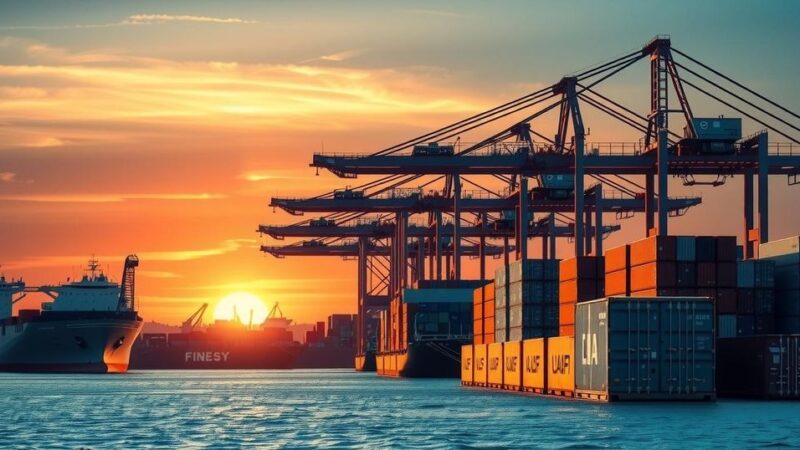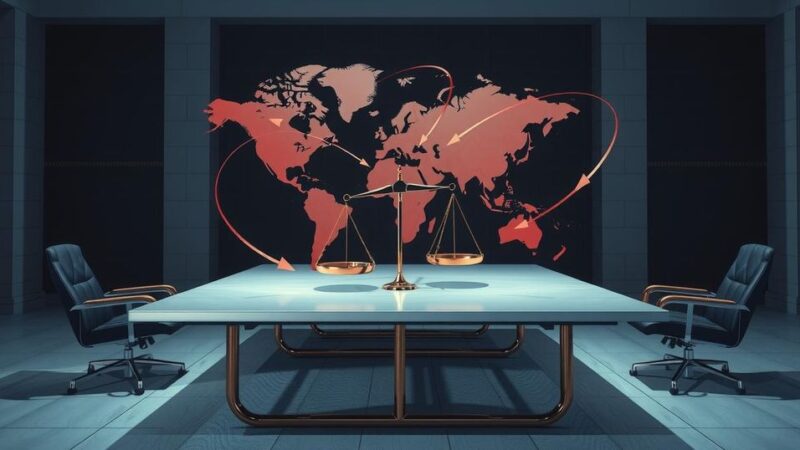Donald Trump is postponing tariffs in favor of executive actions on his first day to lower energy prices and inflation, attributing the crisis to excessive spending. Plans include easing oil production regulations and declaring a national energy emergency. However, recent inflation trends pose significant challenges, and the effectiveness of his measures is uncertain without congressional support.
Former President Donald Trump is delaying the imposition of tariffs while betting that executive actions on his first day could effectively reduce energy costs and inflation. He attributed the inflation crisis to excessive spending and is poised to issue orders aimed at easing regulations on oil and gas production to boost supply. Trump plans to declare a national energy emergency to enhance electricity production, particularly in light of competition with China in developing energy-intensive technologies such as artificial intelligence.
In a recent call with reporters, an incoming White House official revealed that the administration plans to end what Trump incorrectly refers to as an ‘electric car mandate.’ Despite no actual mandate from the Biden administration, there has been a push to promote electric vehicle adoption. Trump has previously threatened tariffs against various countries but is currently opting to study trade impacts rather than impose immediate tariffs, leaving Canadian officials uncertain about future trade relations.
Trump’s efforts to lower prices face obstacles, including the legacy of persistent inflation and limited housing supply. Current oil production levels in the United States are already high, coupled with uncertainties over global demand. While the Federal Reserve is tasked with managing inflation, Trump argues that increasing domestic energy production can directly benefit consumers by lowering fuel and utility prices.
Energy costs factor into the broader inflation picture, yet they constitute only a fraction of consumer expenditures compared to essentials such as food and housing. Inflation, rising after decades of stability, surged post-pandemic and was further exacerbated by geopolitical tensions, particularly following Russia’s actions in Ukraine. Despite the Federal Reserve’s attempts to control inflation through interest rate increases, the cost of living remains a significant concern for voters.
Trump has admitted the challenge of lowering grocery prices, acknowledging the difficulty of reversing price increases once established. His proposed policies may require congressional approval, and he aims to extend tax cuts from his previous term while potentially eliminating renewable energy subsidies. Additionally, Trump may seek to repeal tax credits for electric vehicle purchases, representing a significant pivot from current energy policies.
Donald Trump’s approach to handling tariffs and energy prices comes during a time of economic uncertainty characterized by fluctuating inflation rates. His assertions that increased energy production can mitigate costs reflect a broader narrative that emphasizes deregulation and energy independence. The context is defined by recent historical inflation trends, rising energy prices due to global unrest, and domestic political discourse surrounding renewable energy versus fossil fuel policies. The fallout from the pandemic and subsequent economic recovery efforts also plays a critical role in shaping consumer experiences with inflation.
In summary, Trump is strategically opting to delay tariffs while pursuing executive actions aimed at stabilizing energy prices and reducing inflation. Faced with complex economic challenges, his administration’s plans involve easing regulatory burdens on energy production and addressing consumer costs. However, the effectiveness of these strategies remains to be seen, as they depend on various external and political factors that could hinder implementation.
Original Source: apnews.com







